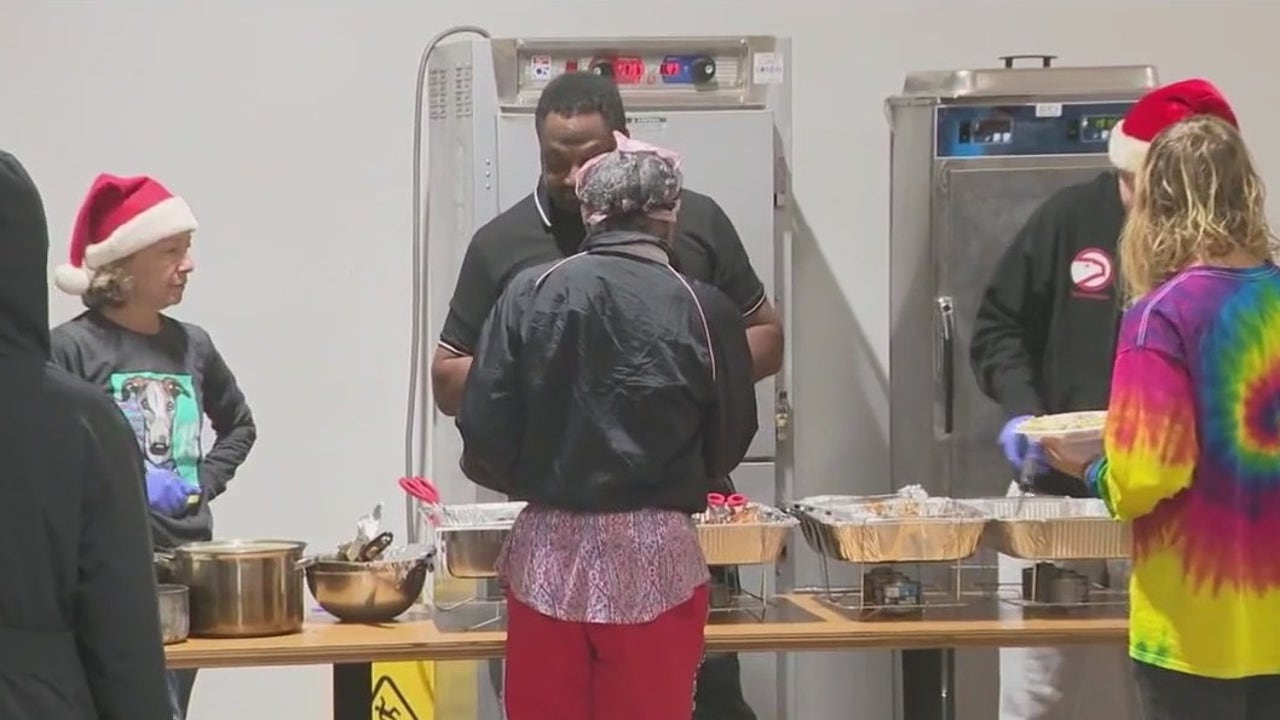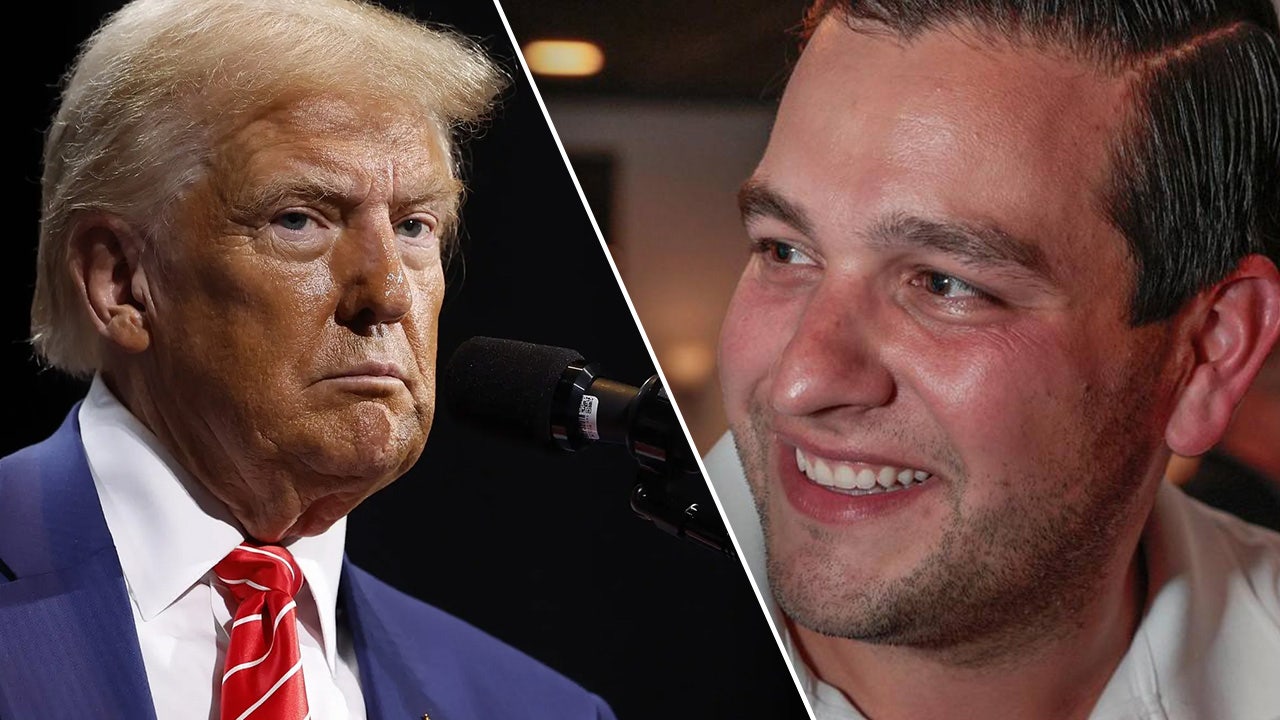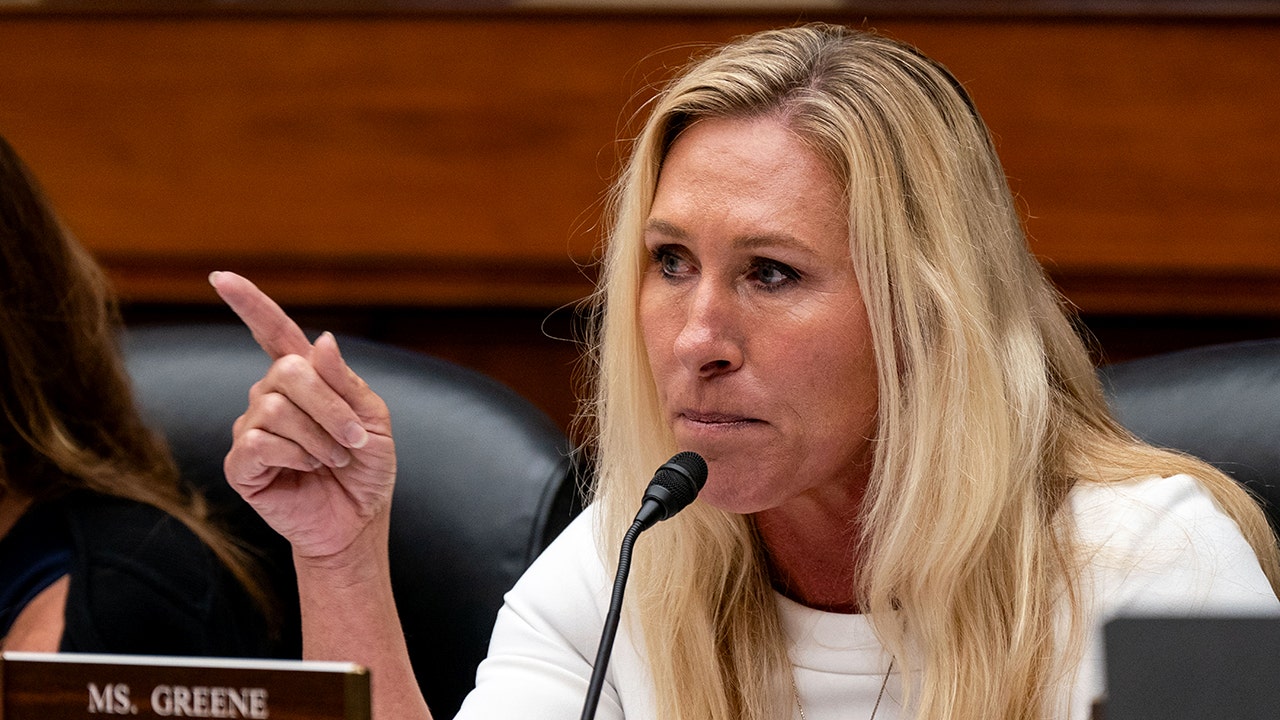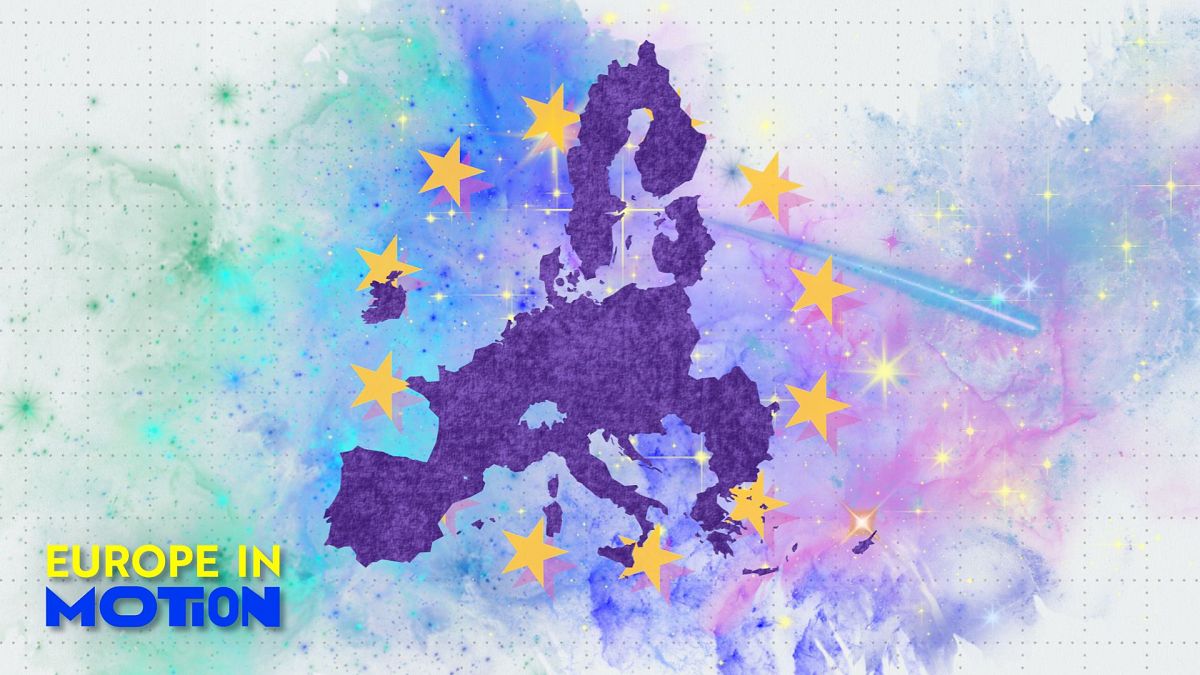Sports
Lakers assign Bronny James to South Bay Lakers of G League

The Lakers assigned rookie guard Bronny James to their South Bay Lakers affiliate Thursday, clearing the way for the 20-year-old to make his NBA G League debut Saturday night in El Segundo.
James, the son of Lakers’ star LeBron James, appeared in four games with the Lakers, including a moment on the floor together with his father in the season opener. On the Lakers’ recent trip, Bronny scored his first NBA points to a huge ovation in Cleveland.
Second-year Lakers Jalen Hood-Schifino and Maxwell Lewis have been with the South Bay Lakers throughout their training camp.
Players under contract can move freely between the Lakers and G League.
“The plan for Bronny to move between the Lakers roster and the South Bay roster, that’s always been the plan since Day 1,” Lakers coach JJ Redick said earlier this season. “Rob [Pelinka, general manager] and I have talked about that. LeBron’s talked about that.”
The Lakers host Philadelphia on Friday night at Crypto.com Arena.

Sports
Jets QB Aaron Rodgers: Without leaks ‘it will be a little easier to win’

Less than a week after The Athletic published a story detailing dysfunction within the New York Jets organization, quarterback Aaron Rodgers used his latest appearance on “The Pat McAfee Show” to address leaks to journalists.
“There’s definitely some leaks,” Rodgers said during his Monday appearance. “There’s people that have relationships with people in the media. There’s motivations for writing stories it seems like and nothing is surprising at this point. There’s some interesting things that go on in every organization — some that would like to be left uncovered but it seems like here those don’t always get left uncovered. They get covered.”
Rodgers also mused on the show about the possibility of getting released after the season, and joked at the recent reporting of owner Woody Johnson receiving team input from his teenage sons.
“Being released would be a first; being released by a teenager, that would also be a first,” Rodgers said with a laugh during his weekly spot on the show.
Those comments came as part of a discussion of The Athletic’s story about Johnson’s perceived mismanagement of the franchise. Among the details contained in that piece: “Madden” video game ratings led Johnson to nix a trade for wide receiver Jerry Jeudy, and the owners’ teenage sons have been increasingly influential when it comes to Johnson’s decisions.
Later during the “McAfee” appearance, Rodgers added: “It can’t be the norm that there’s so many leaks and so many people continue to have conversations whether its getting some sort of angle of revenge or even with people who are still in the building. The standard needs to be you are not creating questions for other people all the time. Leaking these things doesn’t become the standard.
“Obviously, what’s best for the Jets is not having these types of leaks all the time. When that gets figured out, it will be a little easier to win. That doesn’t have a direct impact on the players on the field but it does have an impact on the culture and the chemistry and the overall energy of the building. That’s what needs to get better.”
On Sunday, the Jets fell to 4-11 following a home loss to the Los Angeles Rams. Rodgers, a four-time NFL MVP, has played in every game this season after an Achilles injury limited him to just the first four snaps in 2023. He has thrown for 3,511 yards, 24 touchdowns and eight interceptions this season. Last month, The Athletic reported that Johnson suggested benching Rodgers in September. With two games remaining in this season, the 41-year-old’s future with the team remains in question.
In October, Johnson fired head coach Robert Saleh, the same day offensive coordinator Nathaniel Hackett was demoted as the team’s play caller. One week later, wide receiver Davante Adams — a close friend of Rodgers’ — was acquired via trade. In November, general manager Joe Douglas was dismissed. The team has already started its search to fill the open GM spot.
Required reading
(Photo: Emilee Chinn / Getty Images)
Sports
Ravens rout Texans on Christmas, inch closer to division title
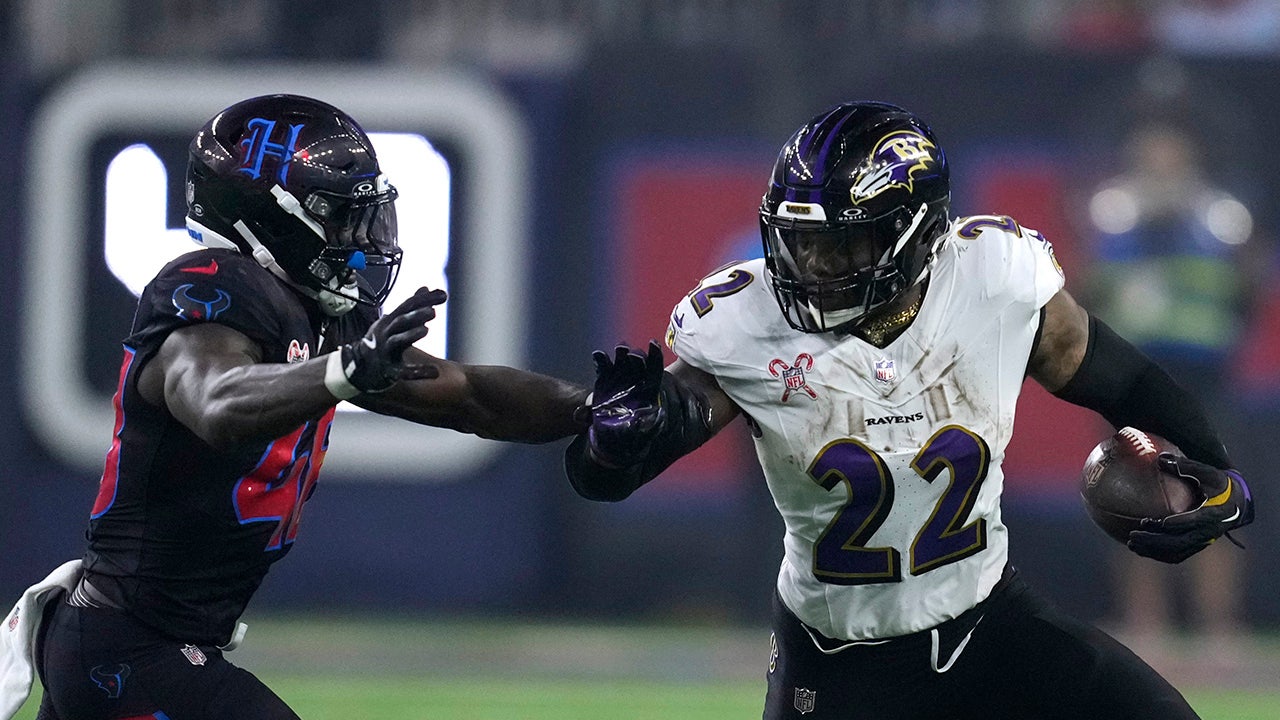
The Baltimore Ravens took the AFC North lead with a 31-2 blowout victory against the Houston Texans Wednesday night and a Pittsburgh Steelers loss earlier in the day.
Lamar Jackson was the star of the show.
The quarterback and league MVP candidate broke off a 48-yard touchdown run in the third quarter to put the game out of reach for the Texans. He followed up with a touchdown pass to Mark Andrews with 5:50 remaining in the quarter.
Baltimore Ravens running back Derrick Henry (22) tries to break a tackle by Houston Texans linebacker Christian Harris, left, during the second half Wednesday, Dec. 25, 2024, in Houston. (AP Photo/David J. Phillip)
Jackson also had a touchdown pass to Isaiah Likely with 1:51 left in the first half.
Jackson finished with 168 passing yards and 87 rushing yards in the win. He spread the ball around to eight different receivers. No receiver had more than two catches.
Andrews had two catches for 68 yards.
Derrick Henry played a supporting role in the win. He got the game started with a touchdown run from the goal line in the first quarter and finished with 147 rushing yards on 27 carries.
STEELERS’ GEORGE PICKENS RAISES EYEBROWS OVER POSTGAME HANDSHAKES WITH CHIEFS STARS
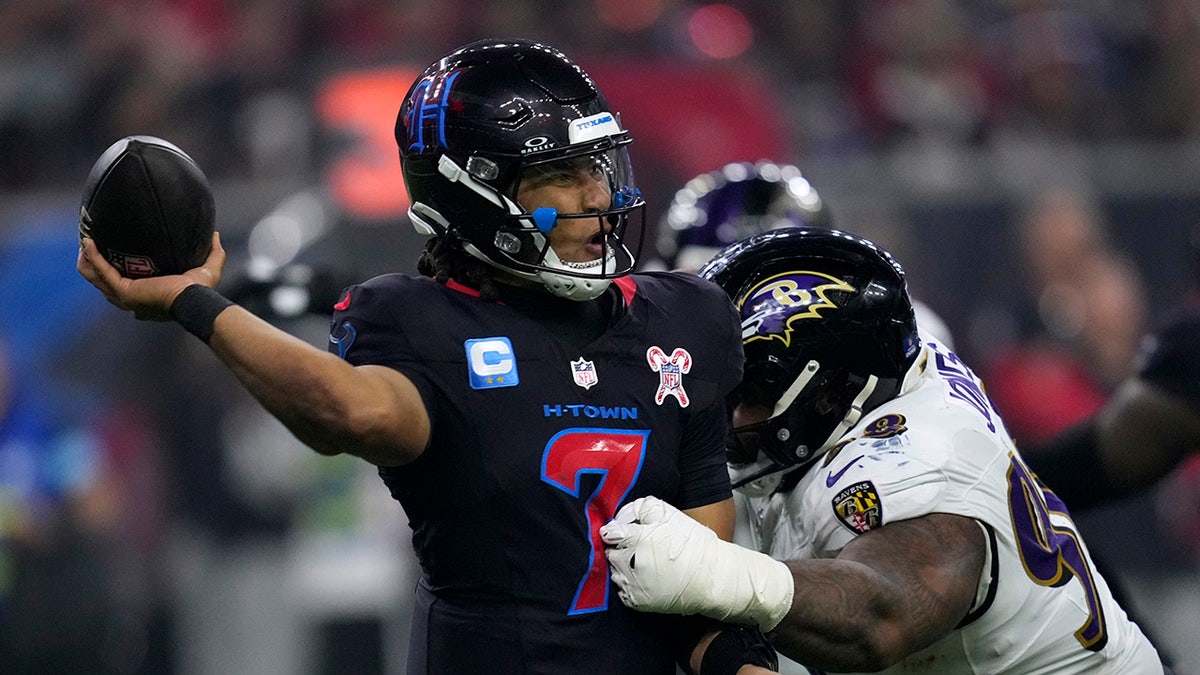
Houston Texans quarterback C.J. Stroud (7) passes as he is pressured by Baltimore Ravens defensive tackle Travis Jones (98) during the second half Wednesday, Dec. 25, 2024, in Houston. (AP Photo/David J. Phillip)
The Texans’ lone score came from a safety in the second quarter with a tackle on Henry.
C.J. Stroud was 17 of 31 for 185 passing yards and an interception. He was sacked five times.
Houston played without wide receiver Tank Dell, who sustained a serious knee injury in last week’s loss to the Kansas City Chiefs. The team was already dealt an injury blow when it lost Stefon Diggs earlier in the season.
Nico Collins had three catches for 59 yards to lead the team. John Metchie III had five catches for 48 yards. But the offense just wasn’t there.
Houston converted only 10 first downs on 11 drives, and Baltimore outgained Houston 432-211.
The Ravens moved to 11-5 and into first place in the AFC North. The Steelers lost to the Chiefs and fell to 10-6.
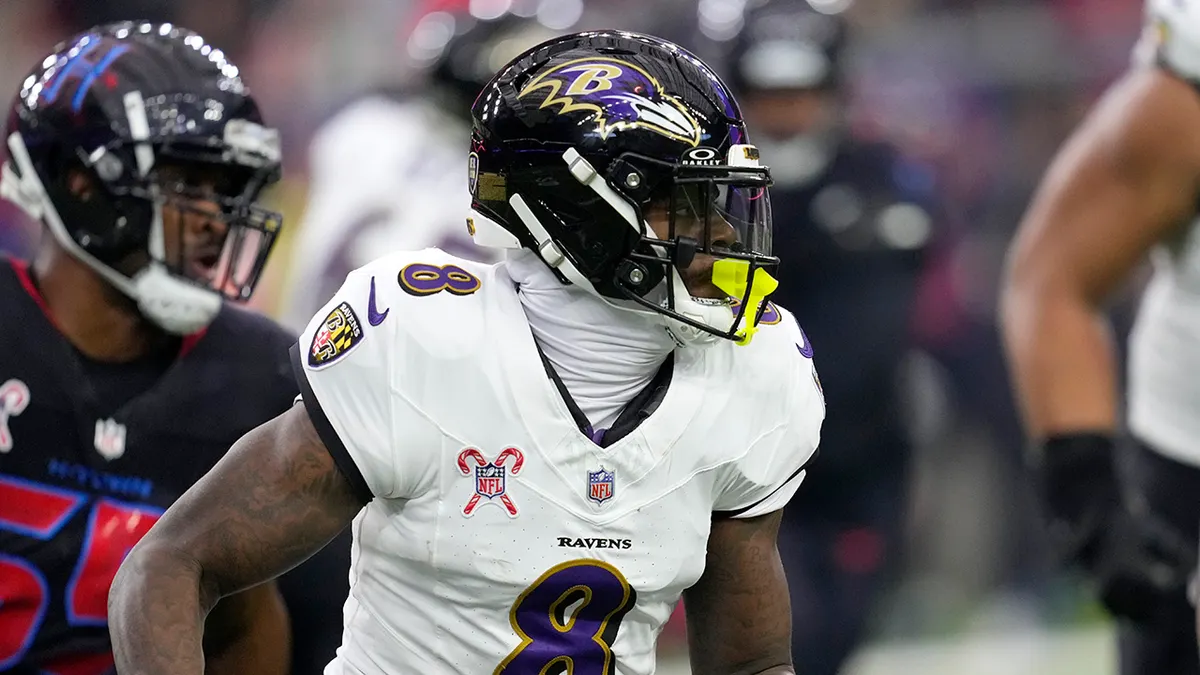
Baltimore Ravens quarterback Lamar Jackson runs during the first half against the Houston Texans, Wednesday, Dec. 25, 2024, in Houston. (AP Photo/David J. Phillip)
Houston fell to 9-7 on the season.
Follow Fox News Digital’s sports coverage on X and subscribe to the Fox News Sports Huddle newsletter.
Sports
Chip Kelly played key role in Ohio State earning rematch with Oregon in the Rose Bowl

Ohio State’s offense has hit the gas ever since the team lost 32-31 to Oregon on Oct. 12, going 6-1 and outscoring opponents 211-79.
A late penalty helped the Ducks run out the clock on a win, but the No. 8 Buckeyes will get a chance to avenge the loss when they face No. 1 Oregon during the College Football Playoff quarterfinal at the Rose Bowl on Jan. 1.
“We’ve made adjustments coming off of that game. And we worked hard to make sure that we’re putting our guys in the best position to be successful,” Ohio State coach Ryan Day said. “After the game that we played with these guys last time, you can see every week has gotten stronger and stronger.”
The strong stretch is highlighted by their explosive offense, led by offensive coordinator Chip Kelly, who will return to the Rose Bowl to face his former team.
Kelly was Oregon’s head coach from 2009-12, leading the Ducks to national prominence and two Rose Bowl appearances (1-1) during his tenure. He was also on the Rose Bowl sidelines last season as UCLA’s head coach, a role he held for six seasons.
“[Kelly’s] now got a full understanding of who we are personnel-wise in the Big Ten,” Day said. “He has evolved. He has a great understanding of offensive football.”
In his first full season with the Buckeyes, Kelly has orchestrated the nation’s highest-scoring offense, averaging 42 points per game, while overseeing quarterback Will Howard’s development.
Howard has thrown for 3,171 yards, 29 touchdowns and nine interceptions this season.
Ohio State quarterback Will Howard carries the ball against Tennessee during the first round of the College Football Playoff.
(Jay LaPrete / Associated Press)
“I think he has good size, obviously, and he’s a big body,” Oregon coach Dan Lanning said of Howard. “He’s hard to get down. More than that, I think he’s built a lot of confidence in the guys he’s able to throw the ball to, and even some confidence in the quarterback run game. I think you see him utilized a little bit more in the QB run game later in the season.
“But he does a good job throwing good balls. He certainly threw a lot of good balls the other night down the field and was able to target the wideouts for explosive plays down the field. Playing really good football right now. Certainly played really good football against Tennessee.”
Kelly said after the win over Tennessee that Howard has developed to the point the coordinator doesn’t need to finish the play calls because his quarterback knows them so well.
“Our challenge to Will going into the last game was that he had to be the best leader on the field,” Day said of Howard. “I thought he was. I thought he played well, got into a rhythm early on. But I think for Will, understanding exactly how we’re trying to attack defense is a critical part of being successful. And when the play caller and the quarterback are on the same page, … the minute they hear the formation, they can finish it. That means he’s got a great grasp of what we’re trying to get done.”
Etc.
Historically, the Buckeyes have been a hurdle the Ducks have struggled to overcome in the postseason.
Oregon lost 42-20 to Ohio State in the 2015 national championship game. The Ducks have also never defeated the Buckeyes in the Rose Bowl, falling in 2010 under Kelly’s tutelage and in 1958.
-
/cdn.vox-cdn.com/uploads/chorus_asset/file/24924653/236780_Google_AntiTrust_Trial_Custom_Art_CVirginia__0003_1.png)
/cdn.vox-cdn.com/uploads/chorus_asset/file/24924653/236780_Google_AntiTrust_Trial_Custom_Art_CVirginia__0003_1.png) Technology5 days ago
Technology5 days agoGoogle’s counteroffer to the government trying to break it up is unbundling Android apps
-

 News6 days ago
News6 days agoNovo Nordisk shares tumble as weight-loss drug trial data disappoints
-

 Politics6 days ago
Politics6 days agoIllegal immigrant sexually abused child in the U.S. after being removed from the country five times
-

 Entertainment7 days ago
Entertainment7 days ago'It's a little holiday gift': Inside the Weeknd's free Santa Monica show for his biggest fans
-

 Lifestyle6 days ago
Lifestyle6 days agoThink you can't dance? Get up and try these tips in our comic. We dare you!
-

 Technology1 week ago
Technology1 week agoFox News AI Newsletter: OpenAI responds to Elon Musk's lawsuit
-
/cdn.vox-cdn.com/uploads/chorus_asset/file/25672934/Metaphor_Key_Art_Horizontal.png)
/cdn.vox-cdn.com/uploads/chorus_asset/file/25672934/Metaphor_Key_Art_Horizontal.png) Technology1 day ago
Technology1 day agoThere’s a reason Metaphor: ReFantanzio’s battle music sounds as cool as it does
-

 News3 days ago
News3 days agoFrance’s new premier selects Eric Lombard as finance minister
